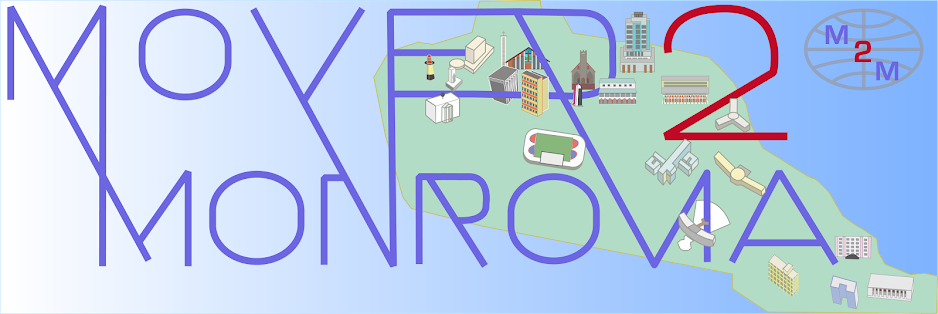A small, strange structure sits facing a stretch of the increasingly-clogged Tubman Boulevard in the middle of Congo Town. It has all the proper dimensions of an average Liberian domestic compound: one lot, one story, ringed by a concrete fence.
But this building is strikingly different than most of Monrovia’s homes, which are usually finished in mustard-and-mint painted concrete, with bars on the windows and capped by a cascade of zinc sheeting. But this single-level building is squared off and faced with dark, glossy tiles, sheets of imitation lapis lazuli, plastic glazing mirroring the traffic crawling past.
This is A-U-G House. But what is it? Is it still a home, a residence? Surely it was at some point. But has it now been glamorized, gleamed-up and cubed, for a commercial purpose?
What is A-U-G? Or, perhaps, who is AUG? Is it refer to August, this city's most torrential month? Is it short for Augustus? Are they initials? A member of an elite family starting with a G?
No one seems to know. At least, not when the compound is approached and inquiries are addressed to nearby loiterers. The goings-on behind this indigo edifice remain as baffling as the young man lounging prone in the dust between the house and the pavement in the picture below.




No comments:
Post a Comment